During the latter part of World War II, Japan was facing overwhelming odds on multiple fronts, with their once formidable empire crumbling under the pressure of Allied forces. Amidst these dark times, a secret weapon was conceived—one that would embody both the ambition and desperation of the Japanese military. This is the story of the Ho-ku, an artillery behemoth that could change the course of the war.It all began when Emperor Hirohito, concerned with the rapid advances of enemy forces, called upon the Imperial Army’s most brilliant engineers. The Emperor was determined to turn the tide of war and, in a rare and bold move, authorized a weapon of unprecedented power and design. The idea was simple yet grand—a mobile artillery unit that could strike at the heart of enemy fortifications and provide support to ground troops, all while moving swiftly across the battlefield.The Ho-ku was born from this vision. Unlike any other weapon before it, the Ho-ku was not part of a larger tank or armored vehicle. It was an artillery unit in its purest form, designed with one goal in mind: to deliver devastating firepower. It featured a 21 cm caliber rocket-powered mortar, capable of launching explosive shells with immense precision and destructive force. This weapon was unlike traditional artillery, as it used rockets instead of conventional powder charges, granting it both greater range and accuracy.The design of the Ho-ku was nothing short of revolutionary. The chassis was a marvel of engineering, built to be self-contained with no reliance on external tanks or vehicles. With a width of 2.9 meters, a height of 2.3 meters, and a length of 6 meters, the Ho-ku was compact yet formidable, able to traverse the rugged Japanese terrain at a speed of 39 km/h—fast enough to reposition and strike swiftly. Its rocket-powered mortar allowed it to launch shells up to a distance previously unheard of, striking deep behind enemy lines.As the Ho-ku entered Production, it was clear that it would be no ordinary weapon. Its rocket-assisted mortar could obliterate enemy defenses with a single shot, and its ability to operate independently gave it a unique advantage over other artillery systems. However, the Ho-ku also represented the desperation of a nation in the throes of defeat. It was a symbol of the last-ditch efforts to hold on to hope in the face of overwhelming odds.
The first prototype was completed in late 1944, and despite its awe-inspiring capabilities, it was clear that Japan’s resources were stretched thin. The Ho-ku was costly and difficult to manufacture, and the Allies had already gained significant ground in the Pacific. Nevertheless, a small squadron of Ho-kus was deployed to defend the Japanese homeland during the final stages of the war. Their appearance on the battlefield was met with fear and awe from Allied forces, but the war was nearing its end. The Ho-ku’s true potential was never fully realized, as the war ended before it could change the outcome.
In the aftermath, the Ho-ku was remembered as a testament to Japan’s undying resolve in the face of adversity. It was a weapon designed out of both genius and desperation, born from the mind of an emperor who refused to surrender without a fight. Though the Ho-ku’s true impact on history was minimal, it remains a symbol of the era’s tumultuous struggles and the extraordinary lengths to which nations would go in their final moments of war.
Specifications
Spotlights
- SILVERPANZER one year ago
General Characteristics
- Created On Android
- Wingspan 9.5ft (2.9m)
- Length 19.7ft (6.0m)
- Height 7.7ft (2.3m)
- Empty Weight N/A
- Loaded Weight 10,084lbs (4,574kg)
Performance
- Wing Loading N/A
- Wing Area 0.0ft2 (0.0m2)
- Drag Points 7611
Parts
- Number of Parts 730
- Control Surfaces 0
- Performance Cost 3,015


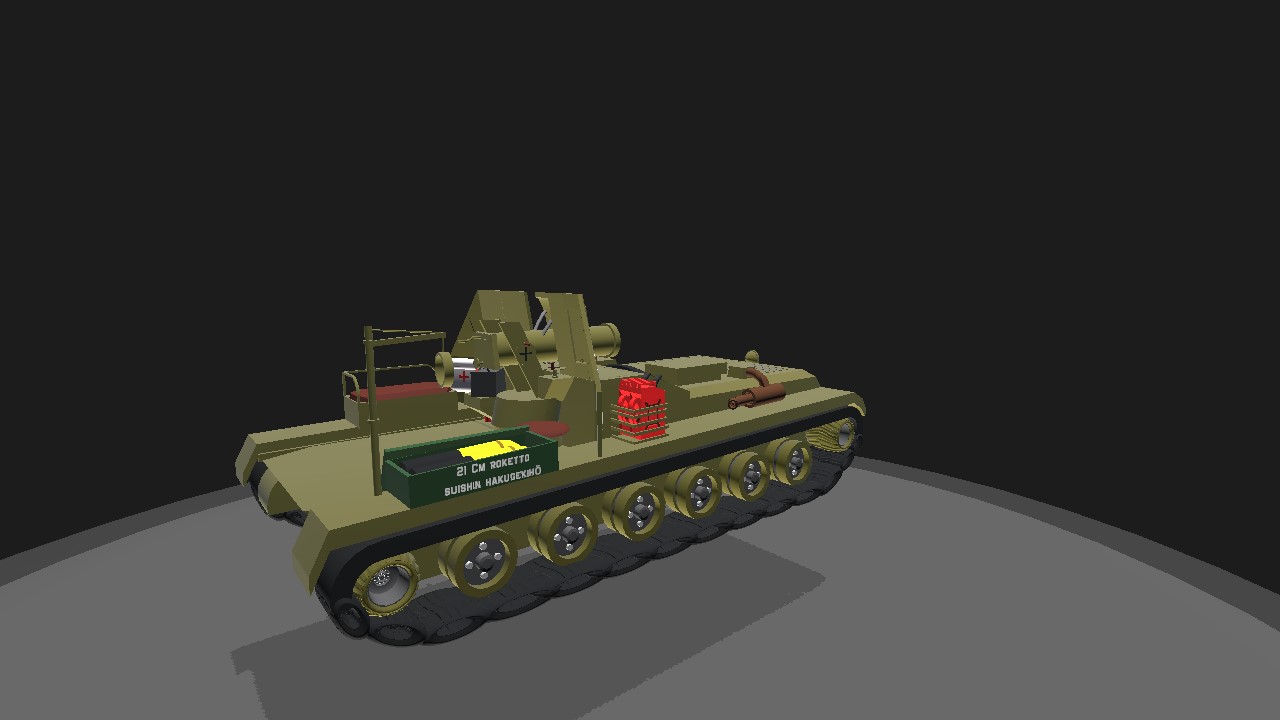
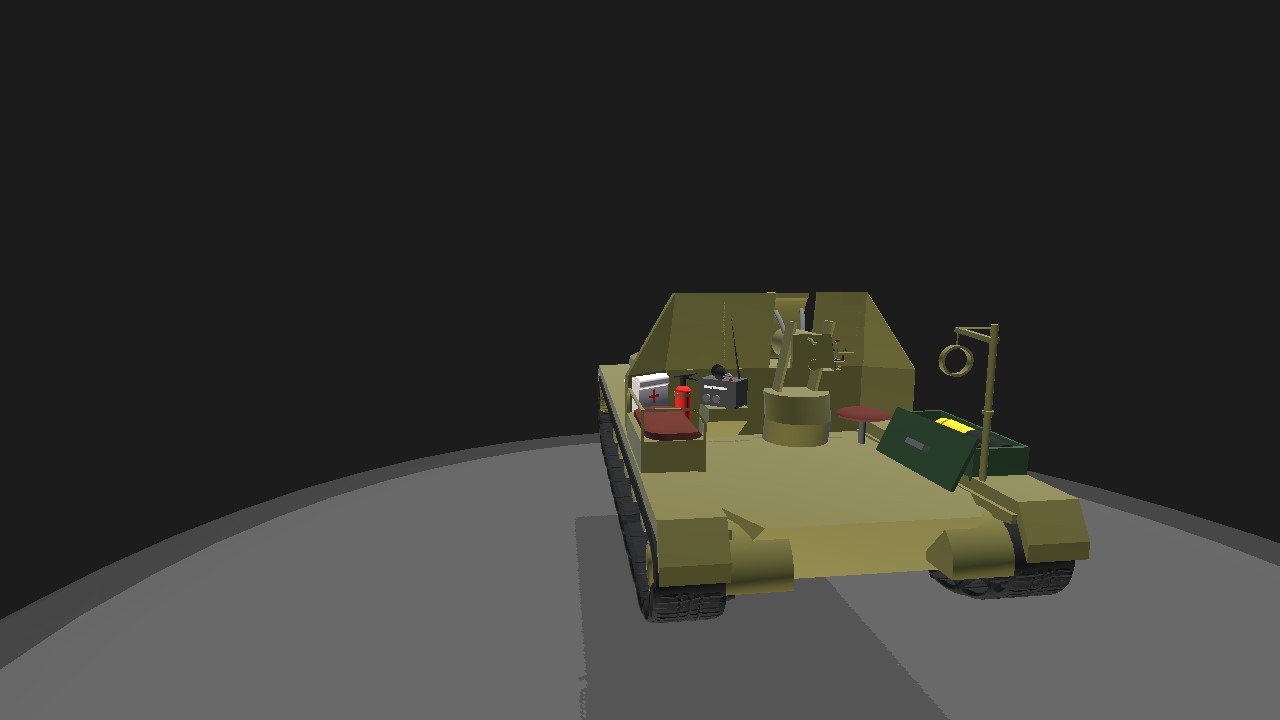
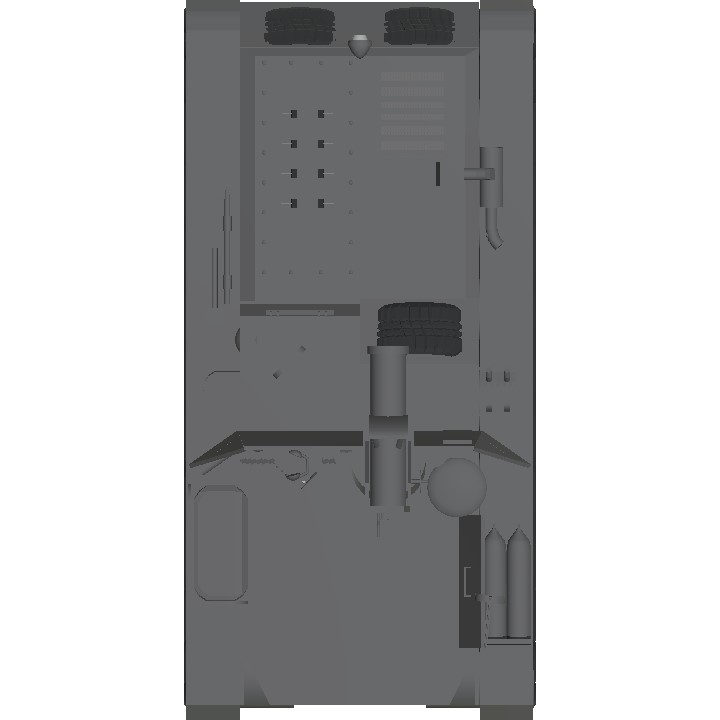
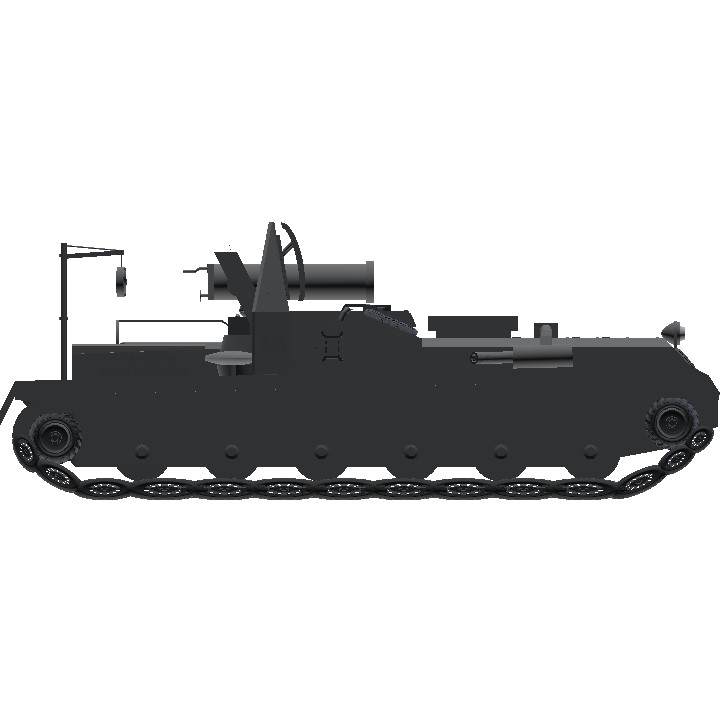
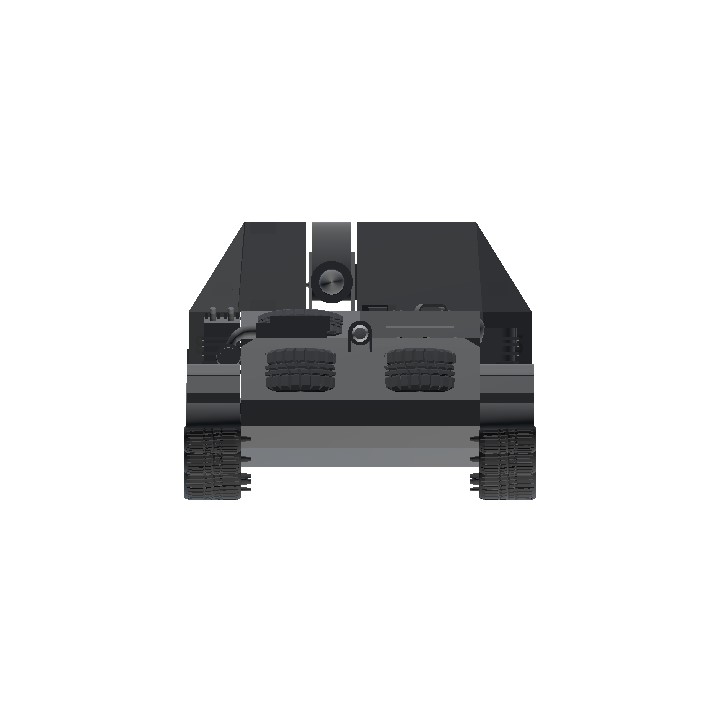
Finally i know how to make Rocket-powered mortar
Japanese SPH with a design resembling the Soviet SU-5-1 and the German Hydrogen Bomb Carrier(Sturmtiger)
@toorbokkot yeah, I was inspired by it
Japan Su-5???